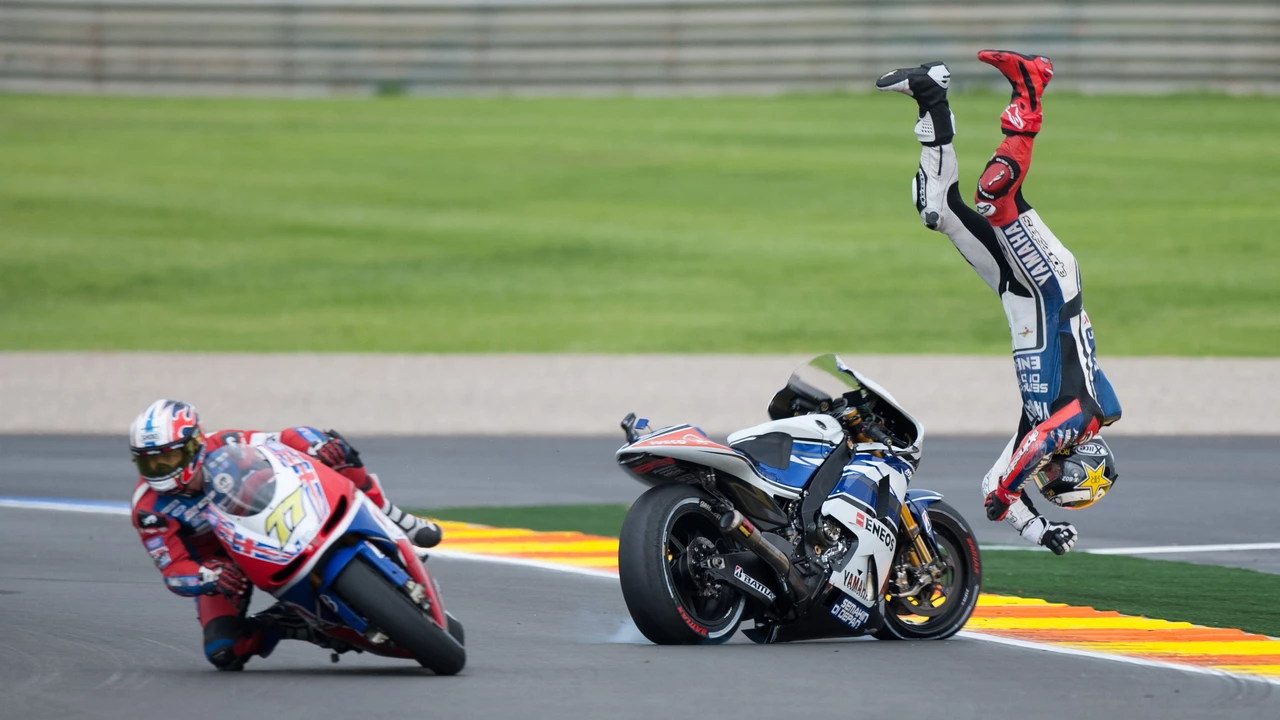Racing Strategies: Practical Tips to Up Your Game
If you’ve ever wondered why some drivers seem to glide past the competition while others struggle, the answer lies in solid race strategy. It’s not just about raw speed; it’s about how you plan, adapt, and execute on the track. Below you’ll find real‑world tactics that work for anything from street‑legal sports cars to top‑level F1 and NASCAR machines.
Core Elements of a Winning Strategy
First off, know the track. Study the layout, braking zones, and slip‑points before you even step into the car. A quick lap on a simulator or a few slow runs can reveal where you can carry extra speed or where you need to ease off. This knowledge lets you choose the right racing line and avoid surprise tire wear.
Second, manage your tires and fuel like a budget. In endurance races like Le Mans, drivers who push the tires early often pay the price with slower laps later. Keep a steady pace, monitor tire temperature, and plan a pit stop that undercuts your rivals. Even in sprint races, a subtle early‑race conserve‑then‑push approach can give you a final‑lap boost.
Third, think about overtaking zones. Identify at least two spots where you can make a clean pass – usually a heavy braking corner or a long straight with a good slip‑stream. Approach these zones with a clear plan: stay close, set up a “bite” on the inside, and be ready to react if the car ahead makes a mistake.
Applying Strategies Across Different Series
Not all series use the same rules, so adapt your plan. In NASCAR, the cars are heavier and the tracks are mostly ovals. Drafting works wonders here – stay tucked behind a faster car, then use the slip‑stream to slingshot forward on the straight. In F1, aerodynamics dominate, so following too closely can ruin your downforce. Aim for the clean air, then make a decisive move when the opponent’s front wing is compromised.
For rally or off‑road events, focus on car setup first. Adjust suspension, ride height, and tire pressure to match the terrain. Then, practice car control drills – quick left‑right transitions, controlled slides, and throttle modulation. These skills let you keep speed through loose sections without losing grip.
Beginner racers often wonder how to start a career at 19. The best move is to join a local club, get a racing licence, and spend time in a low‑cost entry series like Formula Ford or a club‑run GT class. Use every track day to fine‑tune your strategy notebook: what worked, what didn’t, and why.
Even seasoned drivers benefit from a strategy review after each race. Write down where you lost time, which overtakes succeeded, and any unexpected events like safety cars. Over weeks, this habit builds a personal playbook that makes future races smoother.
Bottom line: a good racing strategy is a mix of preparation, real‑time adaptation, and post‑race learning. Whether you’re chasing a podium in a supercar, battling it out in a touring car, or just enjoying track days on the weekend, these simple tactics can shave seconds off your lap time and boost your confidence behind the wheel.

In MotoGP racing, it may appear as though riders don't turn their handles, but it's not entirely accurate. Instead of turning the handles like in regular motorbikes, MotoGP riders use a technique called 'counter-steering'. This involves pushing the handlebar in the opposite direction of the turn while leaning their body into the turn, which effectively steers the bike. It's a skill that requires precision and balance, and it's what allows these professional riders to navigate high-speed turns with such agility and control. So, while it may look like the handles aren't turning, there's a lot more going on beneath the surface.
Read More